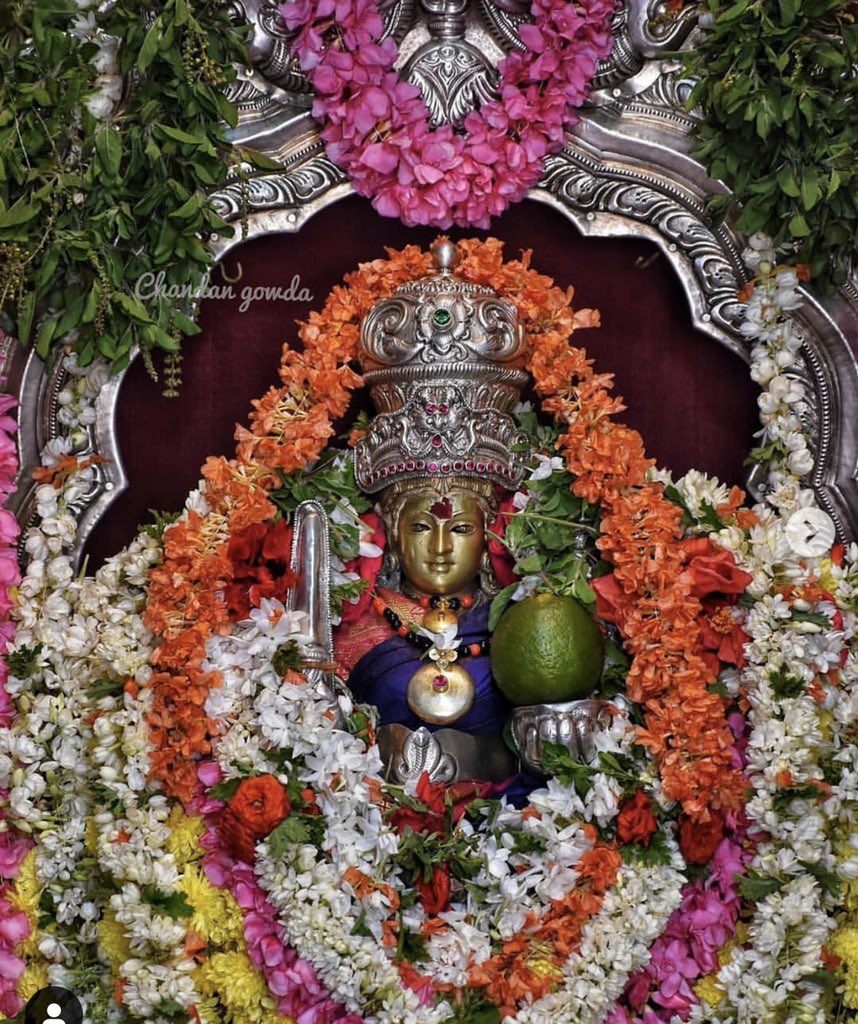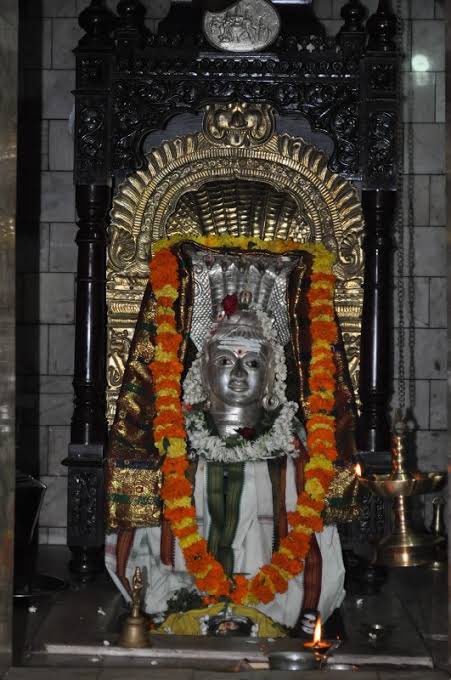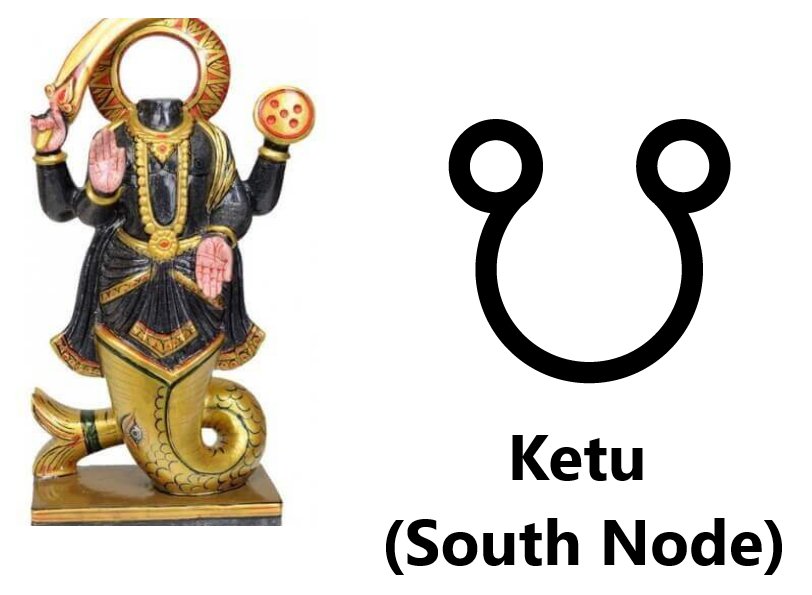
No offense to anyone But #Telangana Beauty is Very Very Underrated (Except Hyderabad) :
My Thread 🧵 :
1. Bhadrachalam
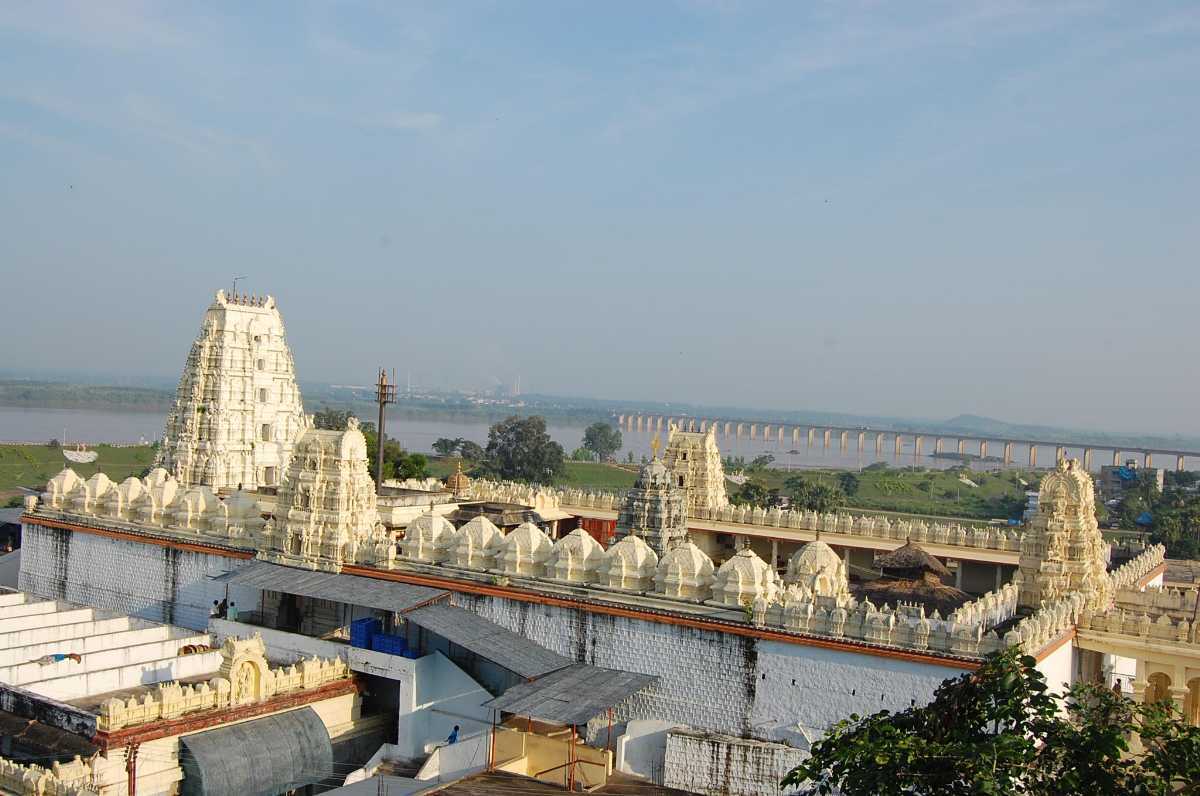
1. Wanaparthy Palace
2. Khilla Ghanpur Fort
3. Kolikonda Fort
4. Lalitha Someshwara Swamy Temple
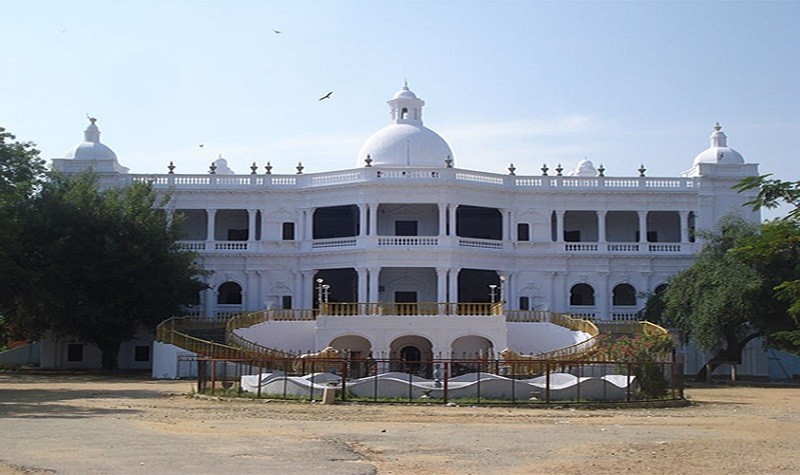
Used by kakatiyas, Qutubshahis, Asaf jahis - The only gateway to north Telangana 🤗

(were not natural, they were dug by kakatiyas which are the major source of irrigation in warangal, mulugu even now) 😮
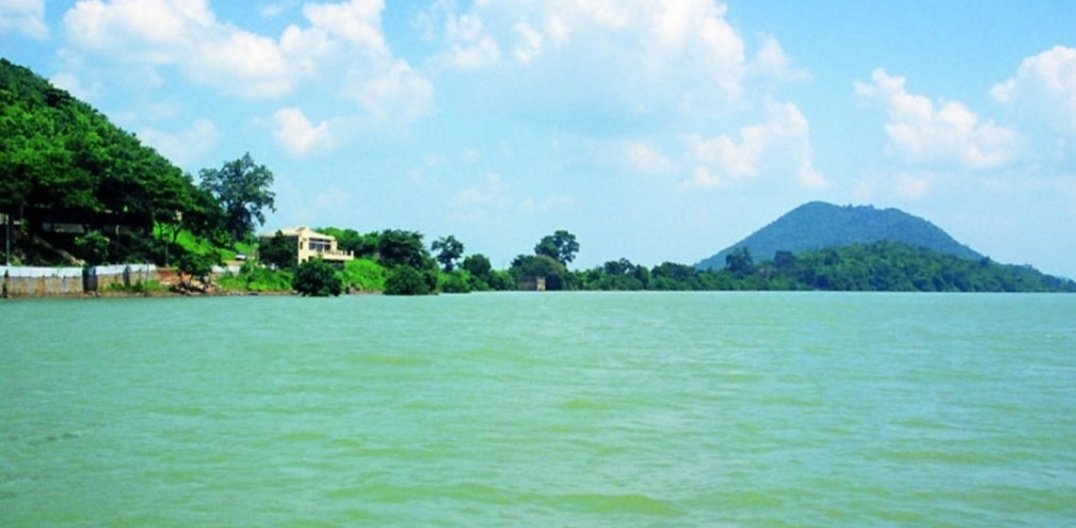
(Most Famous for Wooden Toys and Paintings and it has 400 Years old Tradition of making the toys & paintings) 🛐🥵 & also called as City of FORTS.
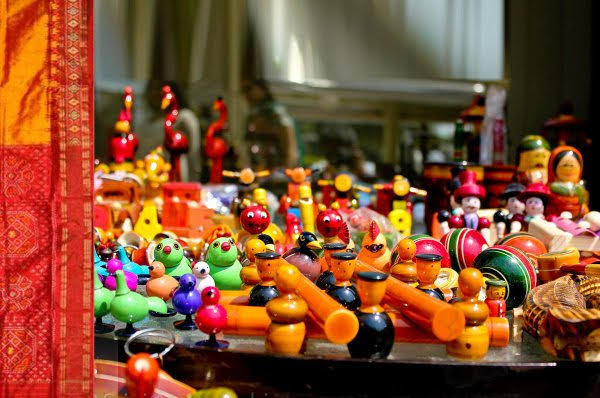
It is believed that the temple was built between 928-850 BC. This ancient temple was demolished under aurangazeb rule. But it was constructed yet again in 1700's and made a temple 🙏🤗

Somasila is widely known for 15 temples built around Shivlings and it's also called as ISLAND OF TELANGANA 🥵
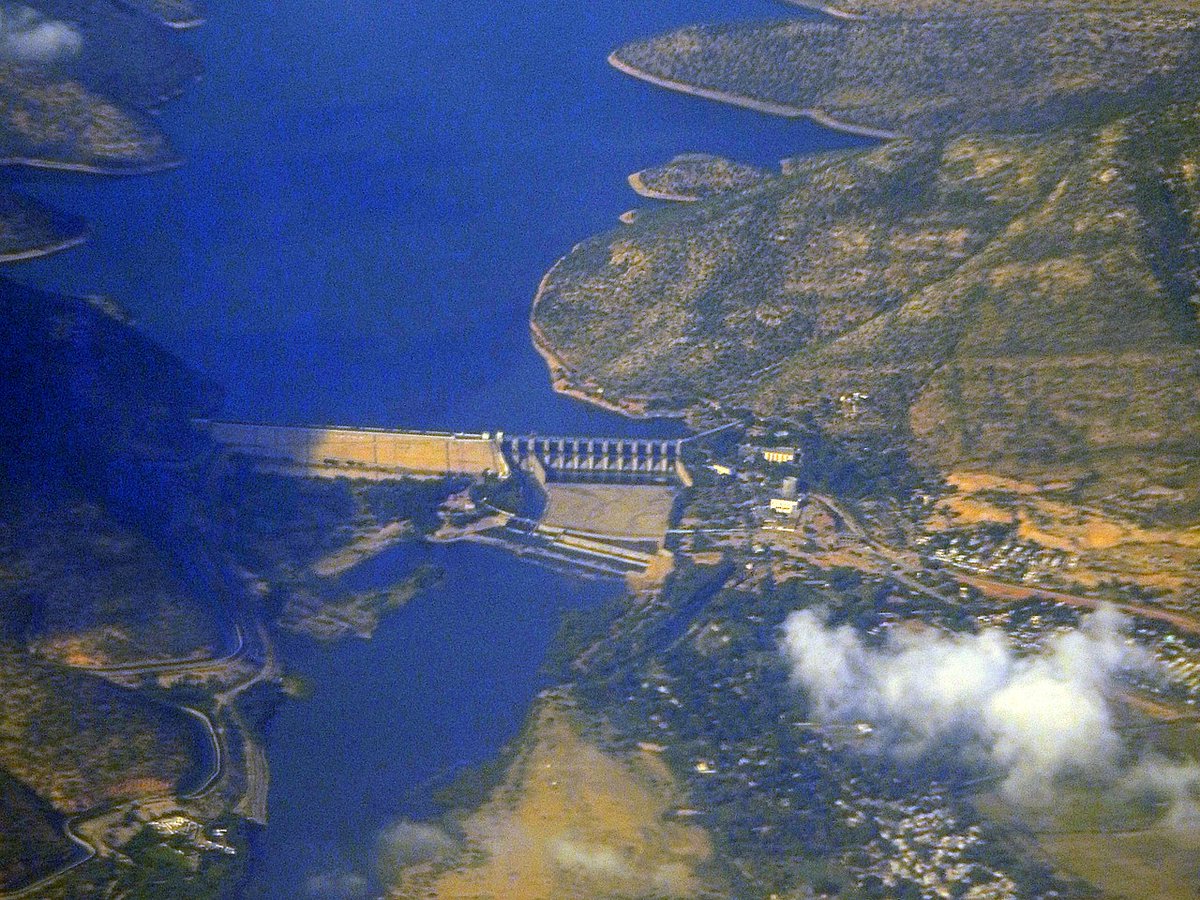
1. Sri Sapthaprakaryuta Durgadevi Temple
2. Simgoor Project (Manjeera Dam)
3. Sri Kashi vishweshwara temple
4. Gottam gutta water falls
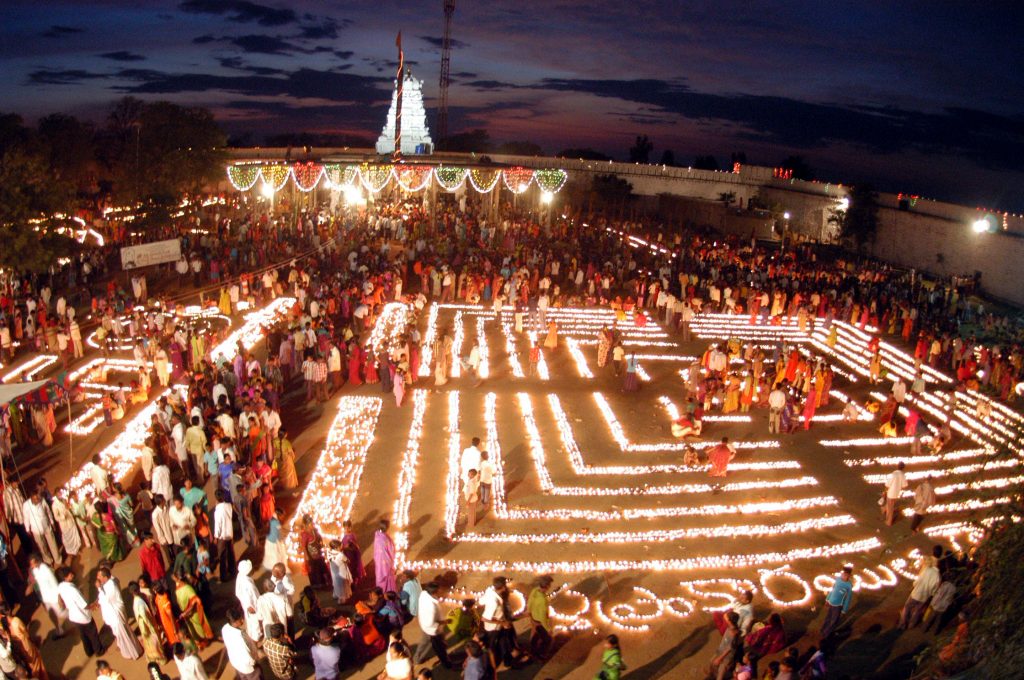
The Ministry of Tribal Affairs, Government of India, has sanctioned Rs. 2.26 Crores for Medaram Jatara 2022. It is the SECOND-LARGEST fair in India, after the KUMBHA-MELA.
It is estimated that around 50 Lakh devotees visited this year 🛐🛐🛐
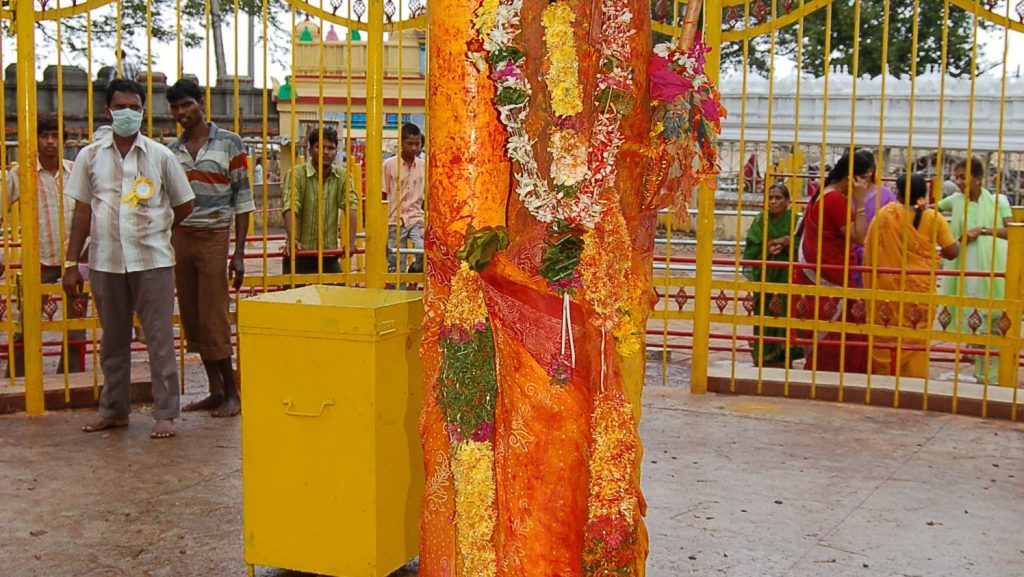
Mallanna Temple - Komuravelli Temple popularly known as Komuravelli Mallanna Temple is a Hindu temple located on a hill in Komuravelli village of Siddipet district. The primary deity is Mallanna or Mallikarjuna Swamy who is an incarnation of Lord Shiva 🙏🙏🙏
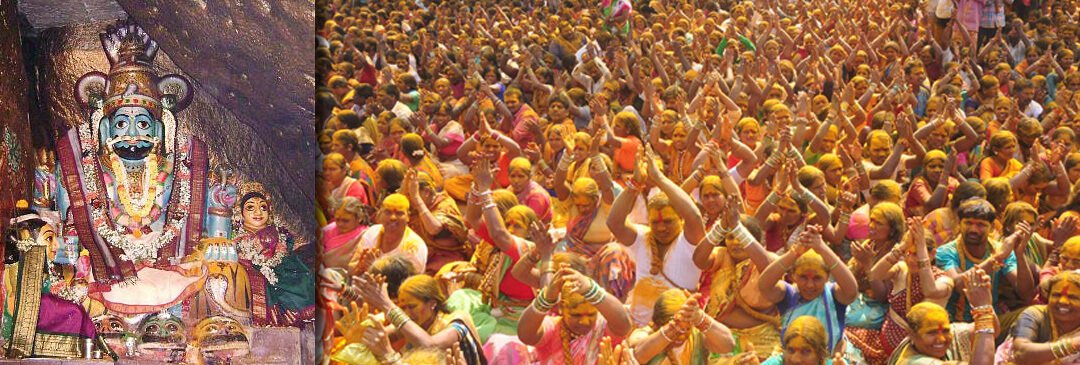
More from Travel
You May Also Like
First thread of the year because I have time during MCO. As requested, a thread on the gods and spirits of Malay folk religion. Some are indigenous, some are of Indian origin, some have Islamic
Before I begin, it might be worth explaining the Malay conception of the spirit world. At its deepest level, Malay religious belief is animist. All living beings and even certain objects are said to have a soul. Natural phenomena are either controlled by or personified as spirits
Although these beings had to be respected, not all of them were powerful enough to be considered gods. Offerings would be made to the spirits that had greater influence on human life. Spells and incantations would invoke their
Two known examples of such elemental spirits that had god-like status are Raja Angin (king of the wind) and Mambang Tali Arus (spirit of river currents). There were undoubtedly many more which have been lost to time
Contact with ancient India brought the influence of Hinduism and Buddhism to SEA. What we now call Hinduism similarly developed in India out of native animism and the more formal Vedic tradition. This can be seen in the multitude of sacred animals and location-specific Hindu gods
i wonder if you can make a thread bout witchcraft in malaysia.. or list of our own local gods/deites..
— r a y a \U0001f319 (@lcvelylilith) February 20, 2020
Before I begin, it might be worth explaining the Malay conception of the spirit world. At its deepest level, Malay religious belief is animist. All living beings and even certain objects are said to have a soul. Natural phenomena are either controlled by or personified as spirits
Although these beings had to be respected, not all of them were powerful enough to be considered gods. Offerings would be made to the spirits that had greater influence on human life. Spells and incantations would invoke their
Animist ceremonies of a religious or magical nature were normally held for the purpose of divination or making a request. This would either be done at a keramat or at a shrine similar to the Thai spirit houses or Chinese roadside shrines pic.twitter.com/I1hliyi0x3
— \u2745\u1710\u170b\u1713\u170e (@uglyluhan) June 16, 2019
Two known examples of such elemental spirits that had god-like status are Raja Angin (king of the wind) and Mambang Tali Arus (spirit of river currents). There were undoubtedly many more which have been lost to time
Contact with ancient India brought the influence of Hinduism and Buddhism to SEA. What we now call Hinduism similarly developed in India out of native animism and the more formal Vedic tradition. This can be seen in the multitude of sacred animals and location-specific Hindu gods


















































